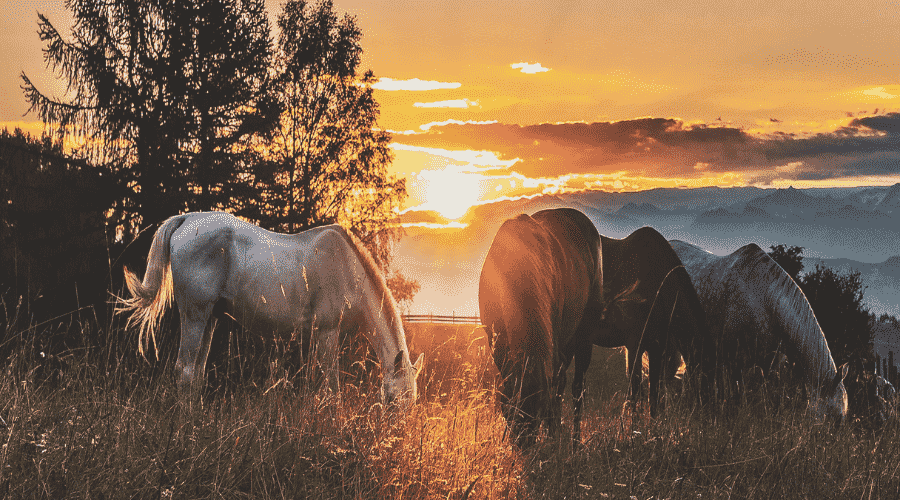Horses are majestic creatures that require dedicated care to ensure their health, well-being, and happiness. Proper horse feeding, feeding, and general care practices are fundamental aspects of responsible horse ownership. In this comprehensive guide, we’ll cover essential tips and techniques to keep your equine companion in top condition.

Feeding: The Cornerstone of Horse Care
Feeding forms the bedrock of a horse’s health and vitality. A diet encompassing quality forage and concentrated feeds ensures robustness and vigor. Crafting a feeding chart becomes vital, aligning meals with their natural rhythms, divided into small portions that aid digestion. Proper feeding equipment, such as horse feeding bags, buckets, and tubs, guarantees their meals are untainted and fresh. Utilizing a horse feeding calculator provides precise portions, preventing overfeeding or underfeeding. Regular monitoring, guided by body condition scores, allows adjustments for optimal nutrition.
1. Horse Feeding Basics
Feeding your horse, a balanced and nutritious diet is paramount for its overall health and peak performance. A comprehensive regimen involves offering high-quality forage, such as hay or pasture, supplemented with carefully selected concentrated feeds. This horse feeding supplies combine essential nutrients, vitamins, and minerals necessary for their vitality and well-being.
2. Creating a Horse Feeding Chart
Developing a personalized horse feeding chart is a strategic approach to uphold a consistent feeding routine. By dividing daily rations into multiple small meals, you emulate the horse’s natural grazing pattern, which aids digestion and minimizes the risk of overeating. This thoughtful schedule fosters a steady intake of nutrients, fostering their health and contentment.
3. Choosing the Right Horse Feeding Equipment
Investing in suitable and sturdy feeding equipment like horse feeding buckets, bags, and tubs is a safeguard for your horse’s nourishment. These purpose-built tools not only minimize the chances of feed contamination but also curtail wastage. By ensuring that your horse’s meals are presented in clean and fresh conditions, you contribute to their optimal consumption and health.
4. Horse Feeding Calculator
Harnessing the power of a horse feeding calculator empowers you to fine-tune their diet with precision. By considering factors such as weight, age, activity level, and health status, you arrive at the exact proportions of forage and concentrates they require. This calculated approach eliminates guesswork, leading to well-proportioned meals that prevent both overfeeding and underfeeding, promoting their overall welfare.
5. Regular Monitoring
Frequent evaluation of your horse’s body condition score serves as a compass for adjusting their dietary intake. This vigilant monitoring allows you to respond promptly to any fluctuations in weight, ensuring that their nutrition aligns with their changing needs. Relying on insights from trusted sources like veterinarians or equine nutritionists further refines your horse’s feeding regimen, ensuring it’s tailored to their unique circumstances.
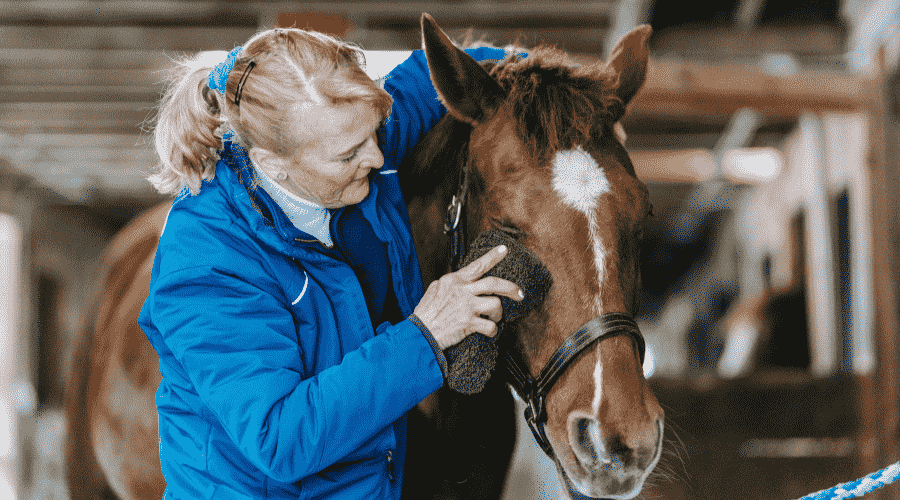
Grooming: Show Your Horse Some TLC
Grooming, an act of devotion, maintains a horse’s appearance and well-being. A comprehensive horse grooming kit comprises tools for currying, brushing, and hoof care. The grooming routine, a sacred ritual, begins with currying to loosen dirt, followed by brushing to unveil their innate shine. An Oster horse grooming kit stands out, featuring clippers and trimmers that bring elegance to their look. Tips for a shiny coat involve rubber curry for deep cleansing, and applying coat conditioners for an enviable gleam.
1. Horse Grooming Kit Essentials
A horse grooming kit forms the bedrock of equine care, catering to their coat, hooves, and hygiene. Inclusion of fundamental horse grooming tools list like a curry comb, dandy brush, body brush, hoof pick, mane and tail comb, and a soft cloth ensures a comprehensive approach to their well-being. This arsenal empowers you to uphold their pristine appearance, health, and overall comfort with precision.
2. Horse Grooming Routine
Embracing a consistent horse grooming routine nurtures a radiant coat and glowing skin. Commence by currying, a practice that loosens dirt and debris, paving the way for effective brushing to eliminate loose hair. Devote attention to hoof cleaning, an essential step that aids hoof health, while vigilant inspections unearth any potential issues that warrant your consideration.
3. Using an Oster Horse Grooming Kit
Elevate your grooming sessions with the prowess of an Oster horse grooming kit. Investing in this high-quality ensemble amplifies the effectiveness of your grooming endeavors. The inclusion of powerful clippers and trimmers, signature to Oster kits, empowers you to maintain a polished appearance with ease, resulting in a horse that emanates an air of elegance.
4. Grooming Tips for a Shiny Coat
For a coat that glistens with vitality, implement strategic horse grooming tips. Employ a rubber curry comb to delve deep into cleansing, facilitating optimal skin health. Dedicate attention to regular mane and tail detangling, preventing knots and ensuring a seamless flow. Seal the endeavor by utilizing coat conditioning products, a touch that bestows an enviable shine, epitomizing your horse’s radiant well-being.
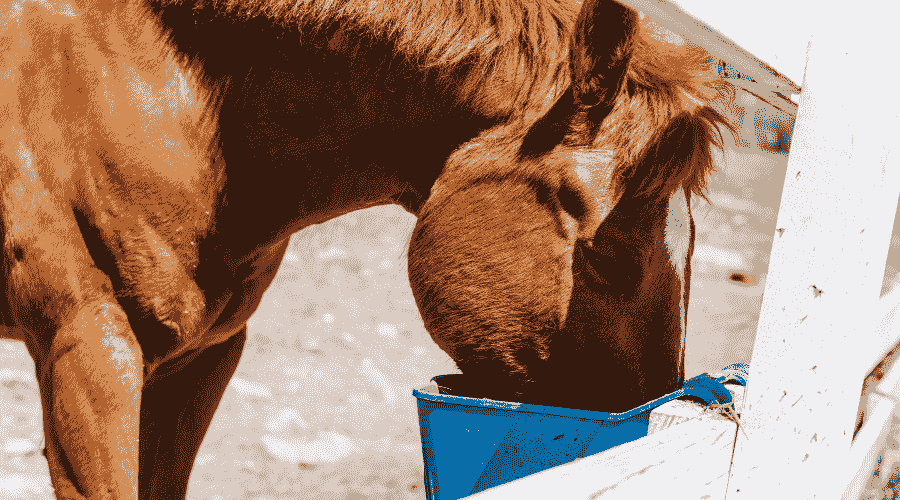
Comparing Horse Feeds: Making Informed Choices
Different horse breeds have different feeding protocols. Selection the best feed is pivotal, demanding informed decisions. A horse feed comparison chart simplifies the process, allowing assessment of nutritional content, protein levels, energy sources, and recommended usage. A feeding chart for horses provides guidance based on weight, age, and activity level. Purina horse feed chart offer invaluable insights, aiding choices aligned with your horse’s nutritional needs.

1. Horse Feed Comparison Chart
The art of selecting the ideal horse feed hinges on a thoughtful comparison of available options. This practice is paramount, as it ensures your equine friend’s dietary requirements are met effectively. A horse feed comparison chart serves as a compass in this journey, facilitating a thorough evaluation of vital factors such as nutritional content, protein levels, energy sources, and recommended utilization. This informed approach guarantees that your choice aligns harmoniously with your horse’s individual needs, promoting their optimal health and performance.
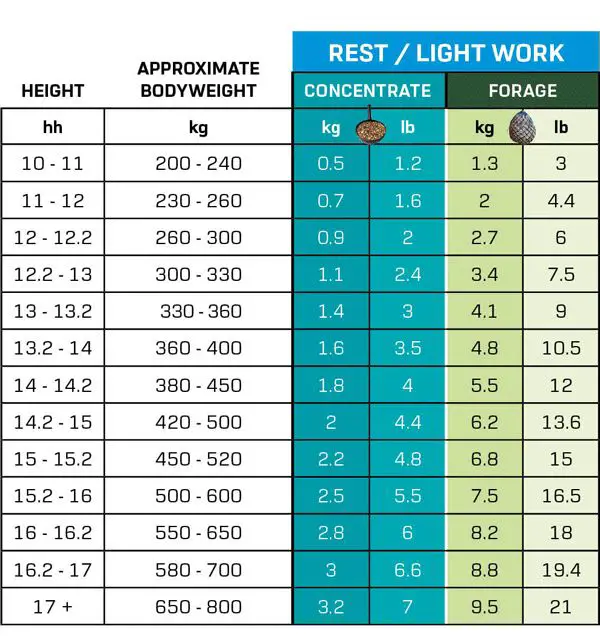
2. Feeding Chart for Horses
Navigating the intricacies of feeding your horse is simplified through a meticulously crafted feeding chart. This chart encapsulates specific guidelines, tailoring the amount and type of feed according to essential parameters like activity level, age, and weight. By consulting the recommendations provided by the feed manufacturer and making necessary adjustments, you ensure your horse receives a diet that caters precisely to their nutritional demands. This calculated approach nurtures their vitality and overall well-being.
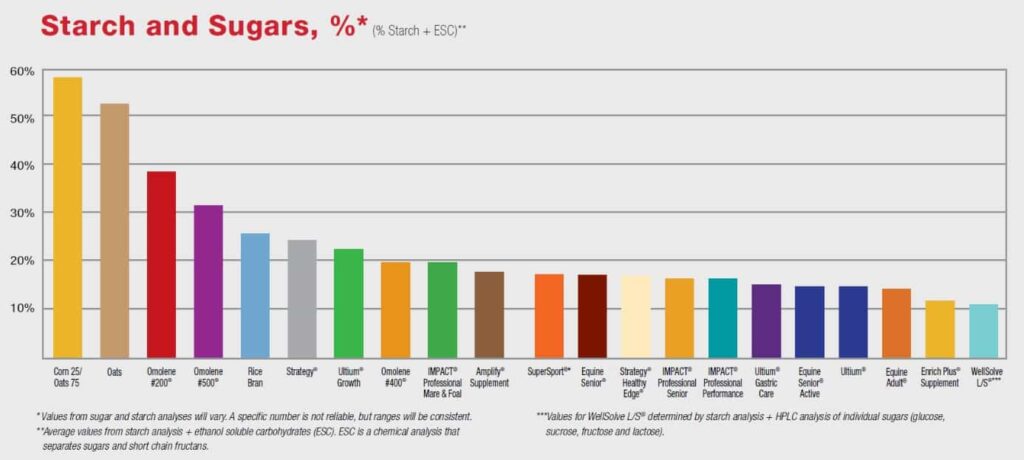
3. Utilizing Purina Horse Feed Comparison Chart
Purina, a trusted name in equine nutrition, extends a helping hand to horse owners through its comprehensive feed comparison chart. This invaluable tool empowers you to make well-informed decisions when selecting the most fitting feed for your cherished equine companion. The Purina horse feed comparison chart facilitates a meticulous assessment of various offerings, enabling you to discern the nutritional nuances of each option. With this knowledge in hand, you can confidently choose the Purina feed that aligns seamlessly with your horse’s unique dietary requirements, fostering their health and happiness.
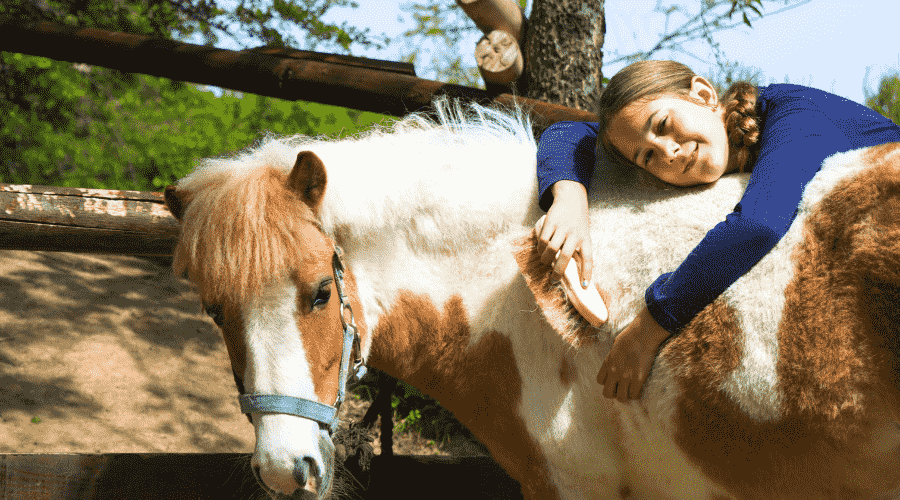
General Care: Keeping Your Horse Happy
Regular veterinary care is paramount, scheduled check-ups and vaccinations ensuring their health. Safe shelter and turnout become essential, safeguarding them from weather extremes, and allowing socialization in spacious paddocks. Offering clean water perpetually maintains hydration, while fresh bedding in their stalls fosters respiratory health. Exercise and mental stimulation keep horses content, riding and engaging in various activities catering to their physical and mental well-being.
1. Regular Veterinary Care
Prioritizing your horse’s health necessitates a steadfast commitment to regular veterinary care. By scheduling routine check-ups and vaccinations with a skilled equine veterinarian, you establish a foundation of vigilance. Through these check-ups, potential health issues are identified swiftly, enabling timely intervention. Collaborating closely with your veterinarian empowers you to maintain your horse’s well-being with diligence and expertise.
2. Safe Shelter and Turnout
The provision of secure shelter and regular turnout is an emblem of responsible horse care. Offering a safe and comfortable sanctuary shields your horse from the rigors of weather, nurturing their physical comfort. Equally significant is regular turnout in a capacious paddock or pasture. This practice kindles your horse’s innate behaviors, fostering social interactions and allowing them to revel in their natural tendencies, a harmonious balance that enriches their life.
3. Clean Water and Bedding
Ensuring your horse’s hydration and comfort is paramount. Access to clean and fresh water is fundamental to their well-being. By meticulously maintaining a consistent supply, you safeguard against dehydration and support their overall health. Additionally, diligent upkeep of bedding within their stalls is pivotal. Regular cleaning and maintenance not only cultivate an environment of cleanliness but also mitigate the risk of respiratory ailments, ensuring your horse’s respiratory health remains uncompromised.
4. Exercise and Mental Stimulation
Embracing the synergy of exercise and mental stimulation is the cornerstone of a contented equine life. Regular exercise is the conduit through which physical vitality is upheld, preventing stagnation and promoting optimal health. Engage your horse in a repertoire of activities, spanning riding, lunging, and ground exercises, to kindle their spirit and intellect. This interplay not only elevates their physical condition but also fosters mental well-being, culminating in a horse that is both vibrant and joyous.
Conclusion
Remember, the well-being of your horse is a lifelong commitment. By providing proper feeding, grooming, and general care, you’re ensuring a long and fulfilling partnership with your equine friend. If you’re ever unsure about any aspect of horse care, don’t hesitate to consult with experienced equestrians, veterinarians, or equine professionals for guidance tailored to your horse’s unique needs. Your dedication and effort will be rewarded with a happy, healthy, and contented horse.
FAQs
How Much Does It Cost to Feed a Horse?
The cost of feeding a horse can vary based on factors like location, dietary needs, and feed prices. On average, horse owners can expect to spend anywhere from $1,800 to $2,400 annually on feed alone. Keep in mind that this cost can fluctuate based on the type of feed, forage, and supplements required to meet your horse’s nutritional needs.
How Much Alfalfa Pellets to Feed a Horse?
When feeding alfalfa pellets to a horse, a general guideline is to provide around 1 to 2 pounds per 100 pounds of the horse’s body weight daily. This can be adjusted based on the horse’s activity level, age, and overall health. Consulting with an equine nutritionist can help you determine the precise amount that aligns with your horse’s specific requirements.
How Much Beet Pulp to Feed a Horse?
Feeding beet pulp to a horse typically involves starting with around 1 to 2 pounds and gradually increasing the amount to 4 to 5 pounds per feeding. It’s advisable to soak the beet pulp in water before feeding to ensure its properly softened and hydrated. Adjusting the amount based on the horse’s weight and condition is essential for optimal digestion and overall health.
What to Feed a Horse with Loose Droppings?
If a horse is experiencing loose droppings, horse feeding strategies should focus on providing easily digestible and high-fiber feeds. This might include offering good-quality hay, reducing grain intake, and incorporating products like psyllium husk. Consulting a veterinarian or equine nutritionist is recommended to determine the best course of action based on the underlying cause.
Can Goats Eat Horse Feed?
While goats and horses have different dietary needs, goats can occasionally consume horse feed. However, it’s essential to note that horse feed may not provide the ideal nutrition for goats. If goats ingest horse feed, it should be in moderation and supplemented with proper goat feed to meet their specific nutritional requirements.
How to Feed Oreo in Horse Valley?
Feeding Oreo in Horse Valley requires considering its species, age, weight, and health. Provide high-quality forage, dividing meals for proper digestion. Ensure constant access to clean water and consult a vet for supplements if needed. Monitor Oreo’s body condition and adjust the diet accordingly. Create a safe feeding area, observe behavior, and consult professionals for personalized guidance.
How to feed a horse in Minecraft?
To feed a horse in Minecraft, hold an appropriate food item like apples or wheat, approach the horse, and right-click (PC) or tap (mobile) to feed it. This restores its health and builds trust. Use the right food for your goals and stay updated on game mechanics.
